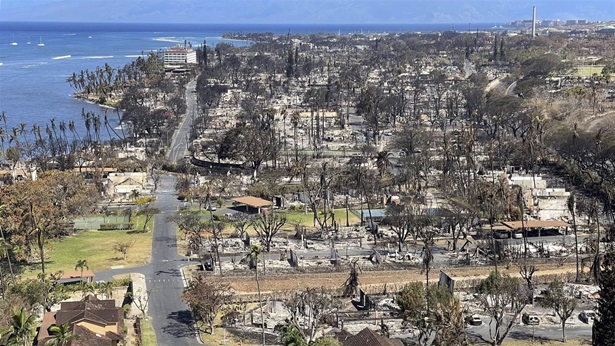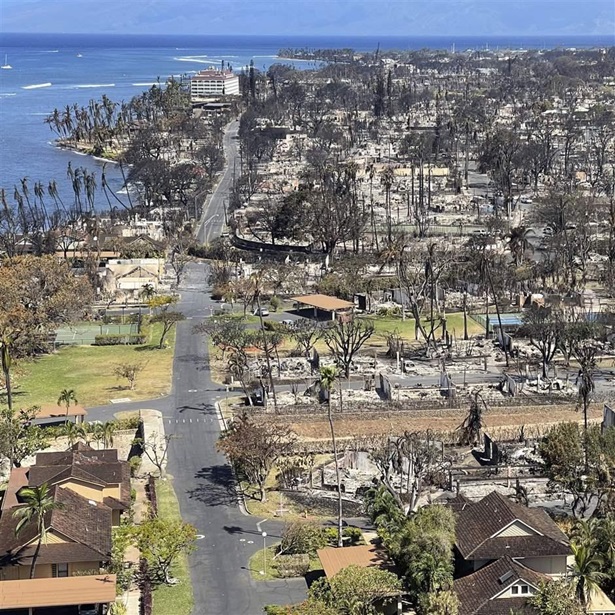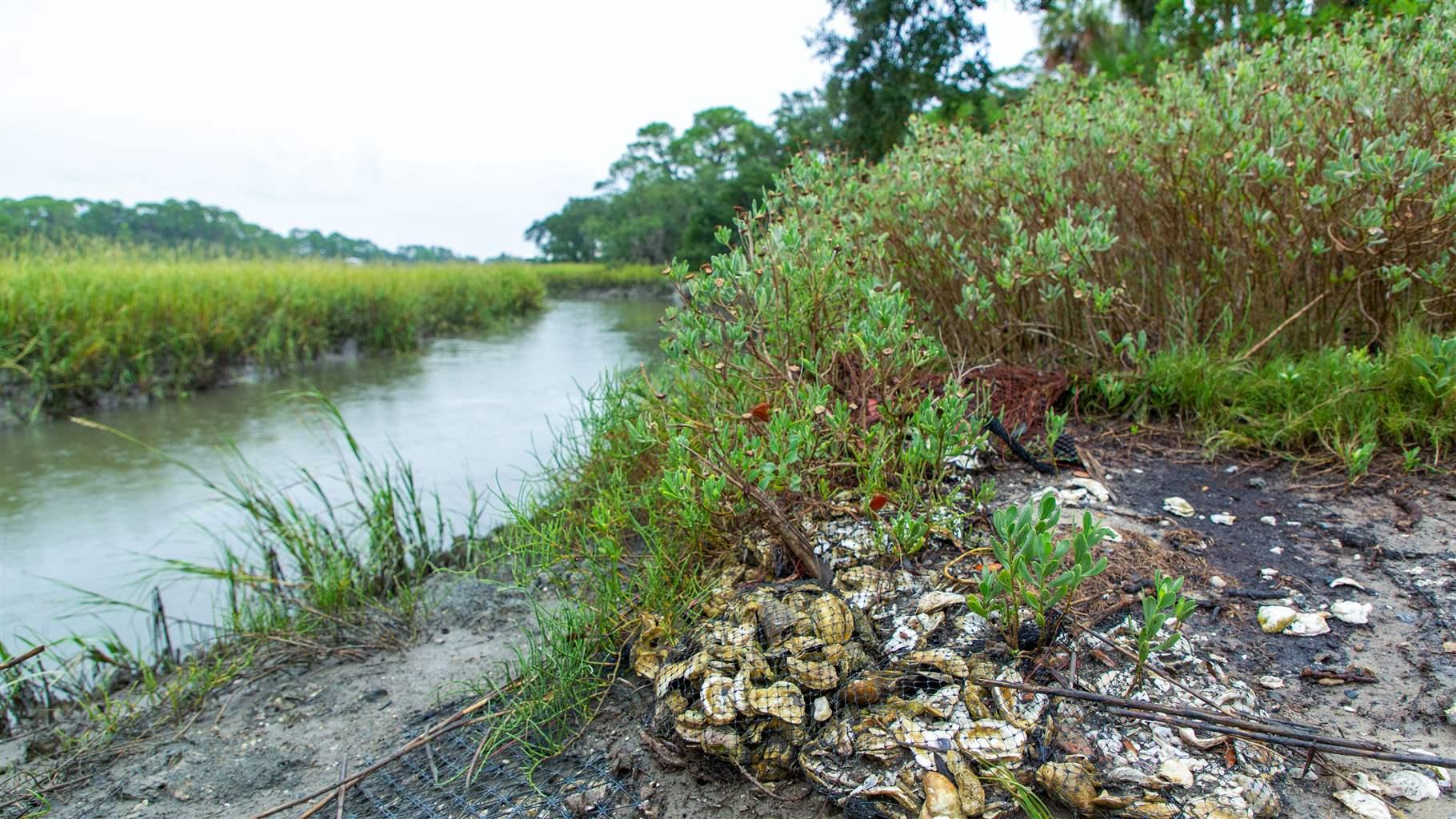In Georgia, Stakeholders and Experts Envision a More Resilient Future
Leaders from throughout state discuss need for collaborative and proactive planning for extreme weather
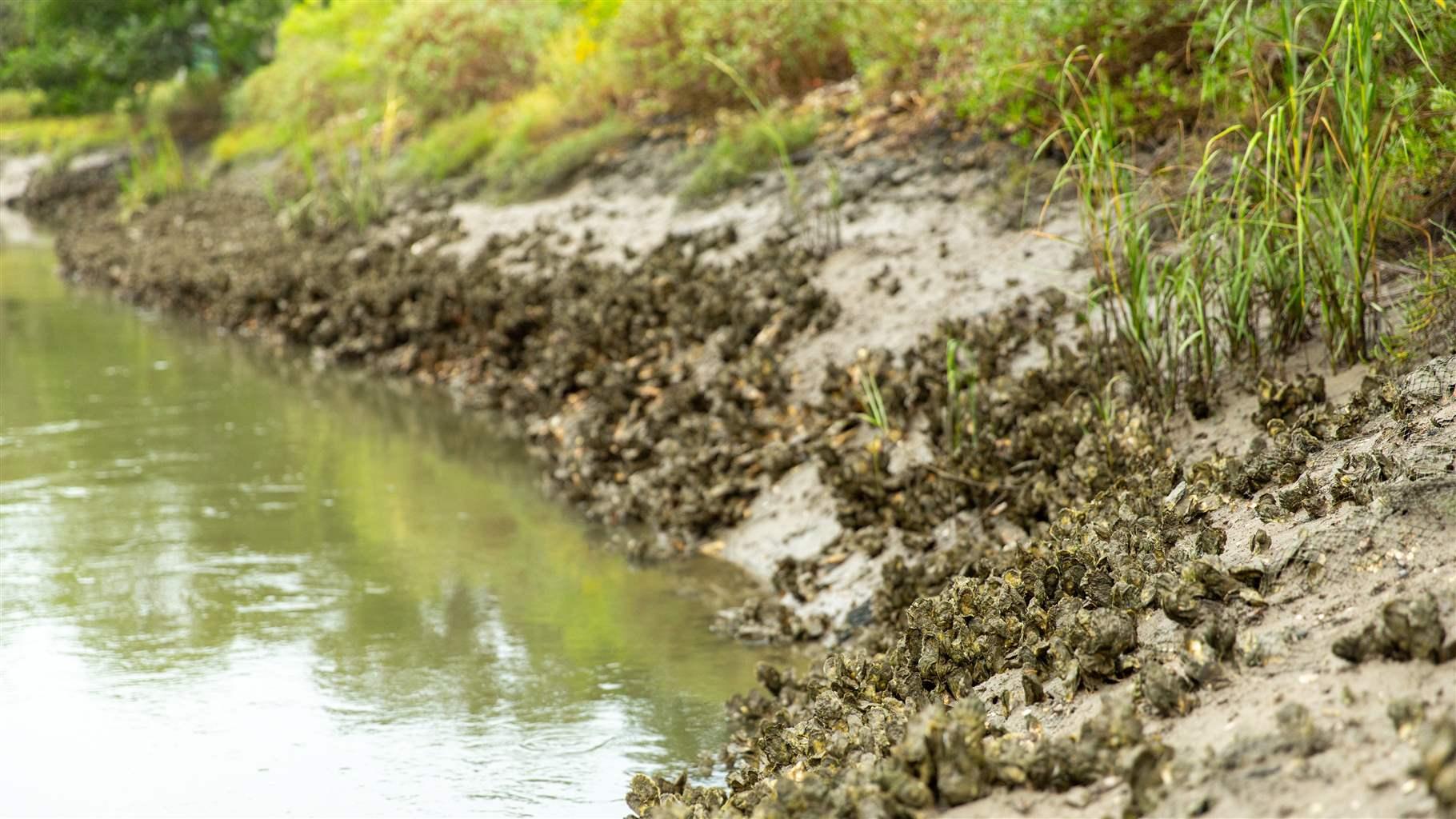
In any given year, Georgia communities are afflicted with a range of extreme weather events, from hurricanes and tornadoes to droughts and floods that destroy property, upend local economies, and put lives at risk. From 2012 to 2022, Georgia saw 50 weather-related disasters that caused $1 billion or more in damage. The high economic and emotional toll of these disasters has Georgia’s residents, leaders, and resilience experts seeking solutions.
As part of that effort, resilience experts from communities throughout the state converged over the past couple of months at meetings hosted by the University of Georgia’s Institute for Resilient Infrastructure Systems and sponsored by The Pew Charitable Trusts.
Participants at the State of the Georgia Coast on Tybee Island and the Georgia Resilience Roundtable in Atlanta learned about the challenges residents face in preparing for disasters and examined gaps in local and state planning access to federal and state resources. Participants also learned about progress on resilience across the state and how they might scale solutions to help communities from the northern mountains to the southern plains and the eastern coast.
“The common challenges voiced by my colleagues across communities are the need for technical support, assistance with effective grant identification and writing, the need to collaborate to make larger impacts across regions to address common vulnerable communities, and, of course, funding,” said Alan Robertson, principal of AWR Strategic Consulting who was retained by the city of Tybee Island to develop and manage its resilience efforts. Robertson spoke at both meetings about his efforts to make the barrier island community of 3,000 more resilient in the face of growing threats.
“Tybee has experienced an increasing number of storms of at least tropical storm or greater force over the past 5 years,” Robertson said. “We are also experiencing more frequent ‘sunny day flooding’ due to high tides and more severe and widespread flooding with regular rain events.”
The rapidly growing Atlanta metro region is also seeing an increase in adverse weather events according to Katherine Zitsch, deputy chief operating officer for the Atlanta Regional Commission and a leader on mitigation efforts in the region.
“Over the past two decades, metro Atlanta has faced challenges from increased floods and droughts,” she said at the Georgia Resilience Roundtable. “While major events capture headlines, localized flooding is even more frequent due to more intense but shorter-duration storms [and] causes damage to homes and businesses.”
This affects lives and livelihoods directly and indirectly, Zitsch said, including recent school system closings because of forecasted flooding due to rainstorms.
A more resilient Georgia
Among the outcomes of the events is a greater understanding of some of the shared needs among communities statewide for improving resilience, such as more resources, guidance, and regional coordination to help all localities in Georgia achieve similar success.
To that end, state officials should provide greater leadership and technical support to communities, Robertson said. The state and private sources should also fund these efforts, for example by matching or unlocking federal funding for resilience and mitigation planning and projects.
Robertson also said that Georgia should prioritize resilience work to better align with local projects and “apply a more consistent science framework to our resiliency efforts.” He added that Georgia should work with other states to inform and influence federal policy. Robertson also suggested that federal agencies could streamline and simplify grant processes to better serve community applicants.
Another move that could accelerate resilience planning is the appointment of a state chief resilience officer (CRO), Zitsch said.
“States across the country, including in the southeast, have found that a chief resilience officer can help foster collaboration, communication, and action,” both at the state level and in collaboration with local governments, she said. CROs help coordinate action among state agencies, making a whole that is more strategic and impactful than the sum of its parts, Zitsch explained.
“For instance, this could include both developing a statewide resilience plan as well as helping local communities with local adaptation efforts,” she said.
Cross-government collaboration is hard but necessary work that “breaks down communication barriers [and] builds partnerships to collectively advance holistic resilience planning.”
Supporting all communities
While local and state leaders are working to improve communication within government, involve academic, nonprofit, and private partners in planning, and increase communities’ access to funding and technical assistance, Zitsch said leaders and stakeholders need to give attention to historically disadvantaged communities, which are often more adversely affected by disasters.
“In the Atlanta region, numerous economically disadvantaged communities are downstream from ongoing development, and inadequately sized stormwater controls upstream can contribute to flooding in these areas,” she said. “Local and state resilience planning and programs must proactively involve traditionally underserved communities by integrating their perspectives and needs into decision-making processes. This includes fostering active community participation, addressing specific vulnerabilities unique to these communities, and allocating resources to bolster their overall resilience.”
Resilience strategies should be flexible enough that they can be customized to meet the varying and unique needs of each vulnerable community, Zitsch explained.
Preparing for the expected
But despite the need for more support, many communities are already working to reduce the impacts of major weather events. Tybee Island, for example, is implementing hybrid “gray-green” solutions—those that combine traditional, or gray, infrastructure like seawalls with nature-based (green) solutions, such as rain gardens, pervious pavers, and bioswales to better absorb floodwaters.
“The city is improving its stormwater system with larger pipes and introducing pumps but is [also] replacing culverts, raising roadbeds, and installing living shorelines to facilitate marsh migration in the face of sea-level rise,” Robertson said, adding that the city also works with the U.S. Army Corps of Engineers, Savannah District and the Georgia Department of Natural Resources to maintain the beach and dunes.
In the Atlanta region, challenges associated with cyclical drought has proved equally vexing.
“A multiyear drought from 2006 to 2009 impacted metro Atlanta’s limited water supply, prompting the implementation of additional regionwide conservation measures to protect that supply,” said Zitsch. “Flash droughts have become recurring events, characterized by a faster and more intense onset of drought. News coverage highlights multiyear droughts when they occur but doesn’t cover the sustained, long-term actions required to ensure a resilient water supply.”
Conservation measures, such as rebates on water-efficient appliances, stem from the Metropolitan North Georgia Water Planning District, which has helped lead the charge on mitigating flood and drought impacts since its founding in 2001.
“Through the Metro Water District’s efforts, cities and counties across the region are implementing water conservation and efficiency measures that have driven down water use and protected our limited supply,” Zitsch said. “Even with a 46% increase in population in the Metro Water District area since 2000, total water withdrawals remain about the same.”
With so much on the line, stakeholders throughout Georgia will continue to build on the State of the Coast and Resilience Roundtable to ensure that communities, infrastructure, and the state’s economy are ready for the weather extremes of the future.
Kristiane Huber works on climate resilience with The Pew Charitable Trusts’ U.S. conservation project.


America’s Overdose Crisis
Sign up for our five-email course explaining the overdose crisis in America, the state of treatment access, and ways to improve care
Sign up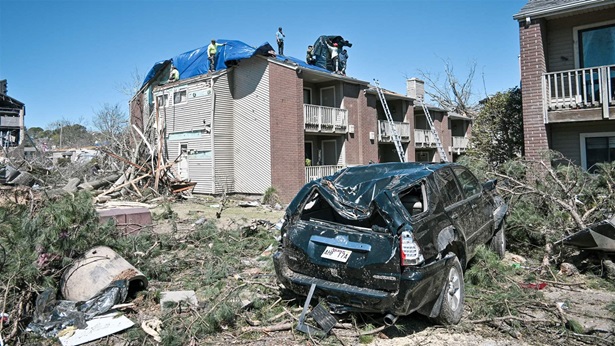
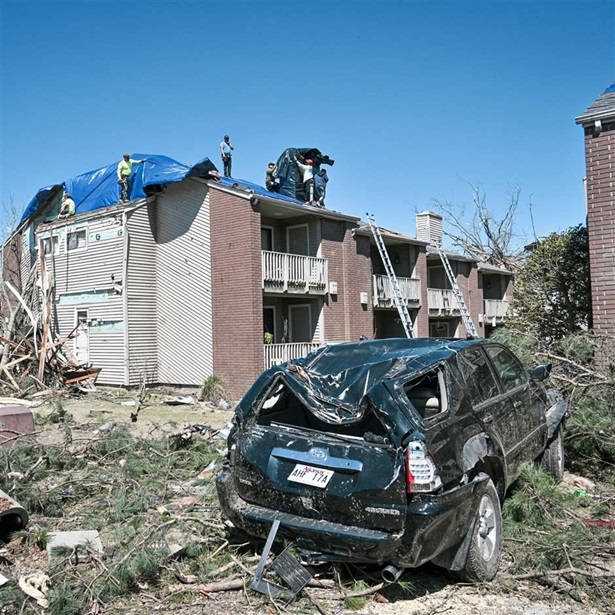
Disaster Resilience Efforts Vary Widely Among States
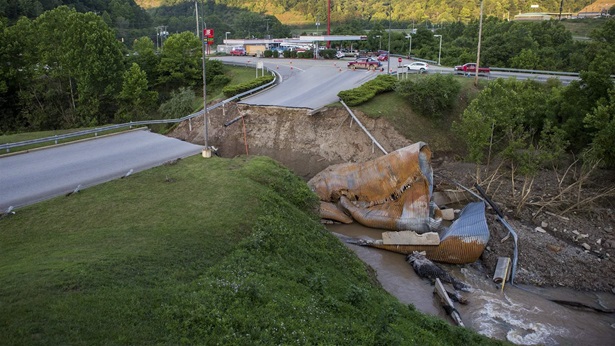
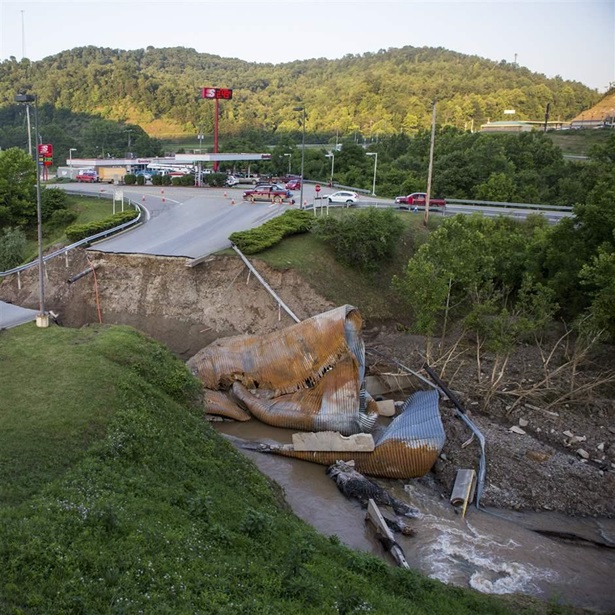
WV’s Flood Experience Can Inform Other States’ Efforts
